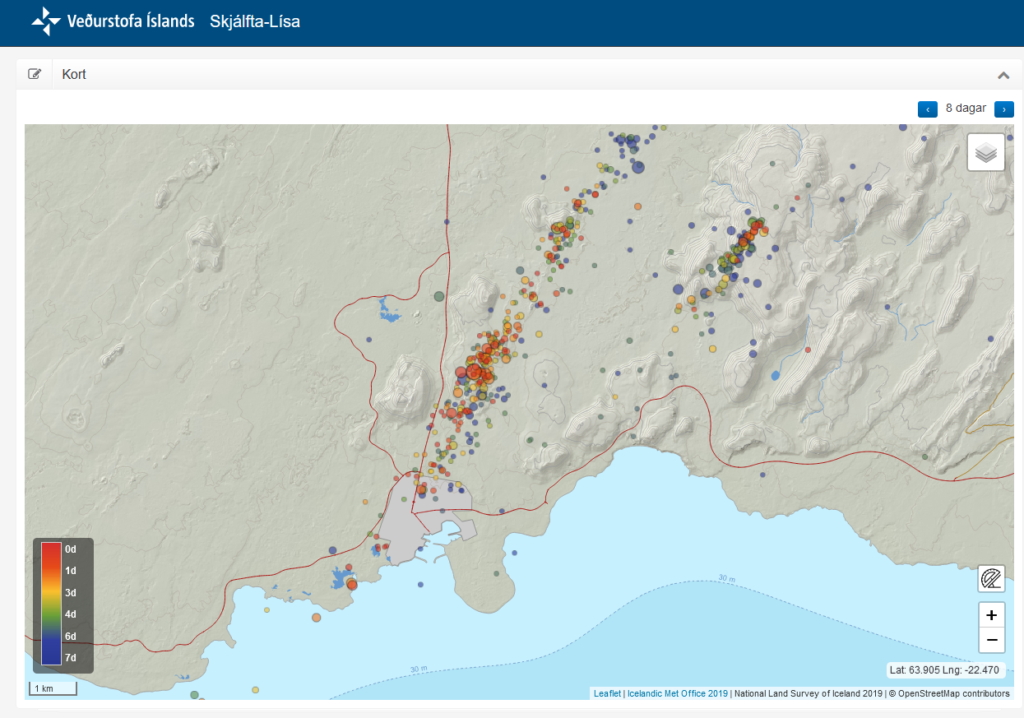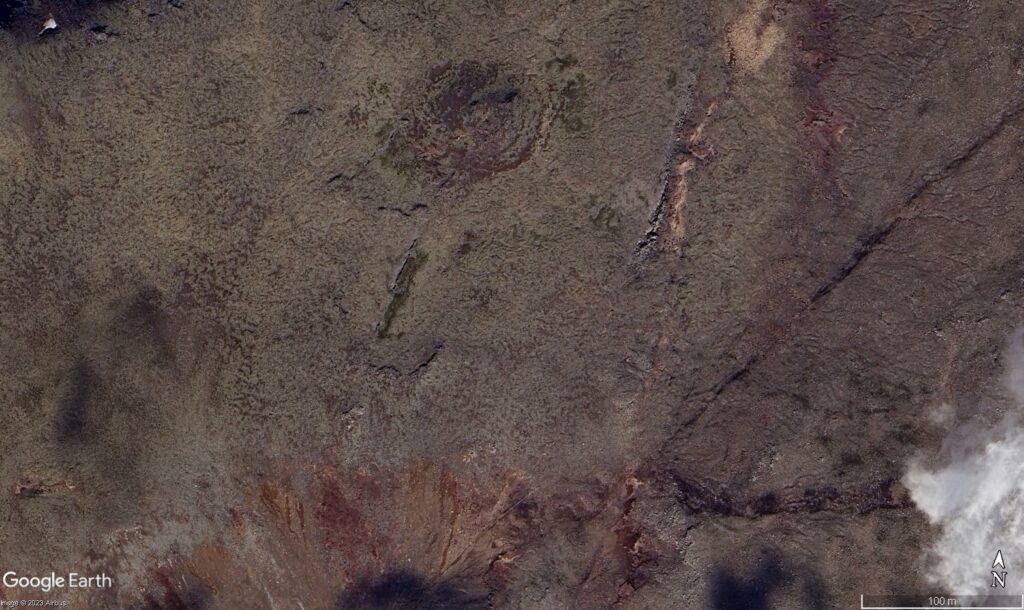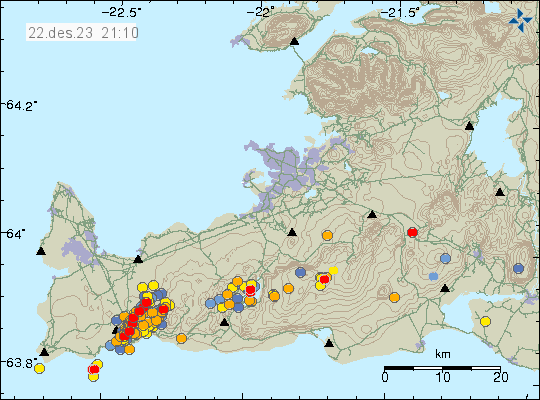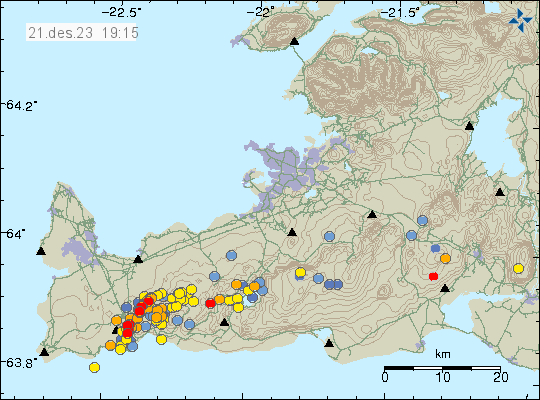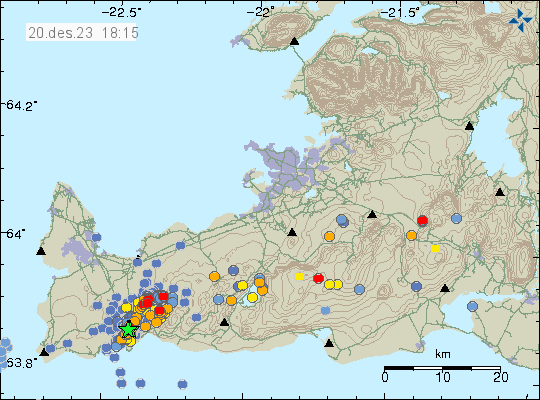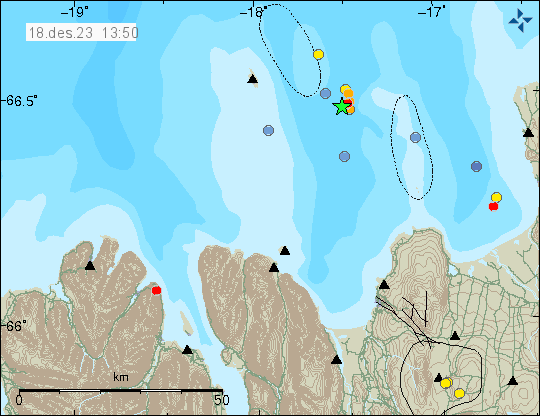This update is going to be short. Information here might go outdated quickly and without warning. This article is written at 20:51 UTC on 2. January 2024.
Inflation in Svartsengi volcano has reached its maximum according to GPS stations compared to 18. December 2023. This inflation is not even among the GPS stations on top of Svartsengi volcano. Why that is unclear, but most likely reason is that the sills that are in Svartsengi volcano are not evenly filled this time around. Why that is I don’t know, something must have changed in the internal flow of this volcano when it comes to the sills.
It is difficult to know when next eruption happens, at the writing of this article I am looking at around seven day window at the moment. That an eruption should happen around 9. January 2024. It might happen sooner or it might happen later. It is difficult to know for sure. Where eruption is going to happen is impossible to know. It is expected that an eruption might happen again close to the last eruption took place or at the same location.
If anything happens. I’ll post update soon as possible. Next update for Sundhnúkagíga is going to be when something happens.
Donations
I no longer have Google Adsense, because it was no longer economic to use them. Because of new requirements and lower advertising income, that has been going down for a while (this is also happening on YouTube for people that create content there, they have videos on this). If people want to support my work, they can do so with a bank transfer, both inside and outside of Europe. That is the most safe option. The second option is to use PayPal, with all its problems and issue that might happen. Thanks for the support. 🙂


